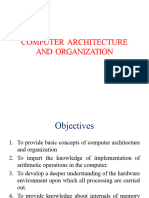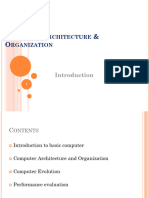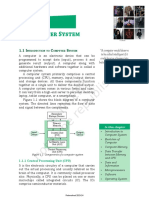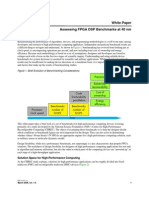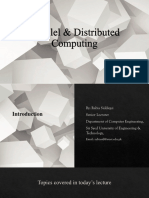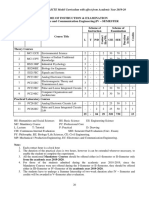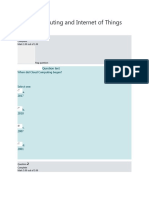0% found this document useful (0 votes)
20 views21 pagesIntro To Architecture
Computer architecture encompasses the design and organization of computer systems, including key components like the CPU, memory, input/output devices, and system bus. It has evolved through various architectures, such as Von Neumann and Harvard, and has transitioned from early mechanical devices to modern digital machines. Studying computer architecture is vital for optimizing performance, integrating hardware and software, and supporting advancements in technology like AI and IoT.
Uploaded by
nayabsehar09Copyright
© © All Rights Reserved
We take content rights seriously. If you suspect this is your content, claim it here.
Available Formats
Download as PPTX, PDF, TXT or read online on Scribd
0% found this document useful (0 votes)
20 views21 pagesIntro To Architecture
Computer architecture encompasses the design and organization of computer systems, including key components like the CPU, memory, input/output devices, and system bus. It has evolved through various architectures, such as Von Neumann and Harvard, and has transitioned from early mechanical devices to modern digital machines. Studying computer architecture is vital for optimizing performance, integrating hardware and software, and supporting advancements in technology like AI and IoT.
Uploaded by
nayabsehar09Copyright
© © All Rights Reserved
We take content rights seriously. If you suspect this is your content, claim it here.
Available Formats
Download as PPTX, PDF, TXT or read online on Scribd
/ 21
